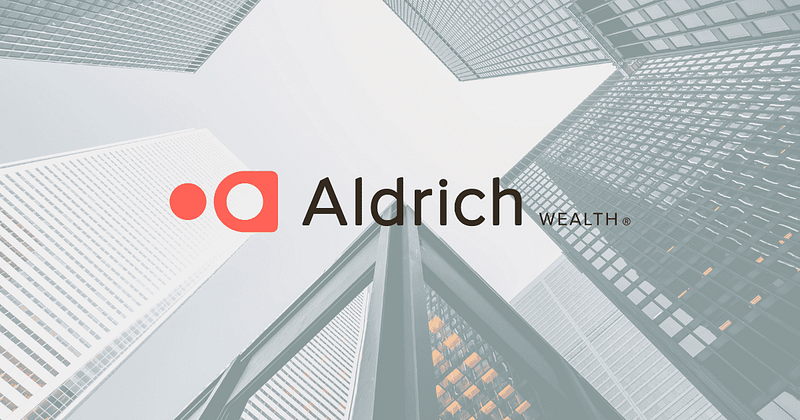Are you concerned about the potential loss of tax deductions based on provisions of the Tax Cuts and Jobs Act? Many clients who previously itemized their deductions will no longer utilize that approach going forward. For married couples, the standard deduction is now $24,000. Your state income tax and property tax deductions are limited to a combined total of $10,000. Therefore, you have to have a minimum of $14,001 in mortgage interest and charitable contributions in order to itemize.
Many clients have charities or causes that they support each year. Depending on the types of other deductions you have, these charitable donations may no longer provide you with a tax benefit. There are many options for charitable giving, and each client must select the path that best fits their needs.
One approach is to bunch your deductions. This essentially puts two years of charitable deductions into one tax year and then none into the next tax year. For example, you make your 2018 donations in January of 2018 and then make your 2019 donations in December of 2018. You would then wait until January 2020 for your next round of donations.
Another approach is a donor-advised fund (DAF). A DAF is a simple and efficient way to manage your charitable giving while maximizing your tax deduction. You receive a full tax deduction for the year in which you contribute to the DAF. However, you are only required to grant a minimal amount out of the DAF to qualified charities each year. Therefore, you can strategically decide what years, and what dollar amounts, to contribute in order to maximize your tax benefit, while still giving to the end charitable organization annually.
Some clients use their working years, when they are in a higher tax bracket, to fund a DAF that will then be used for their charitable giving throughout retirement. A DAF can be started with an initial contribution as low as $10,000.
A wide variety of assets can be contributed to a DAF, and there may be additional tax benefits to contributing appreciated securities or property. Appreciated assets sold inside a DAF do not incur capital gains tax, which maximizes the value that ultimately transfers to your favorite charities. The DAF is also not part of your estate and therefore avoids any potential estate tax liability.
How it works: You contribute assets or cash to a DAF and receive an immediate tax deduction. The DAF will be invested in a portfolio of securities based on your goals for the fund. When you find a qualified charity (501(c)(3) tax-exempt organization), you simply request a grant from the DAF to that charity. The grant can be made in your name or can be made anonymously if you prefer. Your advisor at Aldrich Wealth can manage the investment portfolio and guide you through the contribution and grant-making process.
Is it right for you? A DAF may be a solution if you are charitably inclined and you:
- Experience high-income years where the charitable deduction provides a greater tax benefit.
- Have fluctuating income that makes it hard to achieve your annual giving goals.
- Want to minimize taxes, especially when selling appreciated assets.
- Are approaching retirement and would like to front-fund an account for future charitable giving.
- Want to have the ability to give anonymously at times.
- Prefer the flexibility to change the charities you give to over time.
Your team at Aldrich Wealth can help you determine whether or not a DAF could be beneficial for you. We can include charitable giving in your financial plan, help you determine which assets to contribute and review your tax plan and investment plan at our regular meetings. Please contact us if you are interested in further discussing your charitable giving strategy.



